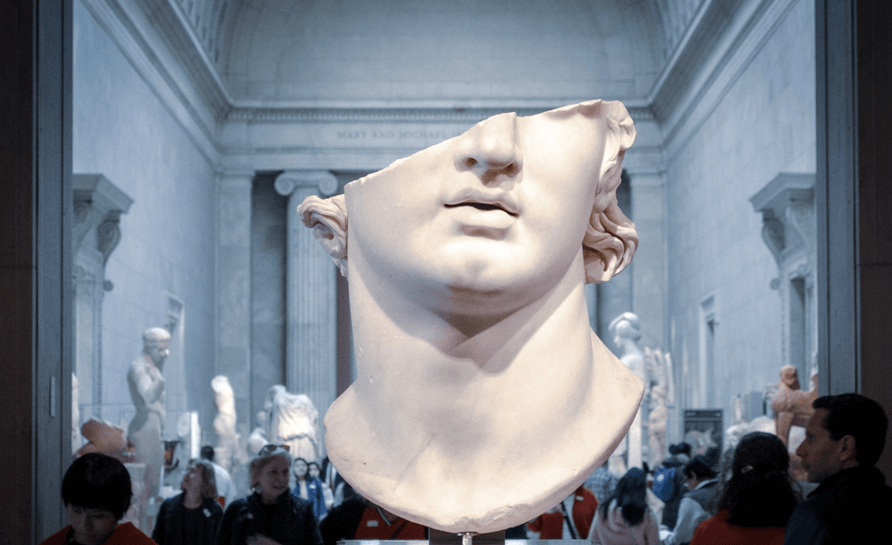

Beauty is something that everyone can feel, appreciate and desire. But when it comes to defining beauty, it varies from person to person and become tough subject to comprehend. It is most central subject for designers to understand beauty and its role in design.
We desire beauty in almost every aspect of our lives from choosing what we wear to where we live. It influences our decisions in not only deciding perfection in physical form but also in human relationship. Beauty has multiple dimensions. These dimensions can be explored based on philosophical, physical and psychological point of view.

Early Greek philosophers, Pythagoreans, saw architectonic beauty is nature around 500BC. They explored pattern in music, human body and cosmos. They were initial explorers to provide mathematical reasoning to patterns which we call geometry. Pythagoras theorem is one of the examples. During 18th century, David Hume describes realization of beauty or ugliness as feeling and not a thought. Beauty is an attribute of mind and not of design as per him. Immanuel Kant described beauty as mental realization of universal harmony. Another philosopher, Arthur Schopenhauer believed that aesthetic contemplation provides relieve to worldly pain caused due to human desire and will to live.
Architects and artists believe in various physical principles of design like symmetry, balance, contrast, pattern, rhythm, scale, proportions, etc. those contribute to beauty. Vitruvius compared architecture beauty from proportion and symmetry in human body in 80BC. During 15th century, Alberti describes proportion in design induces pleasure and emotions. Famous artist, Leonardo Da Vinci, emphasized on proportion as main element for inducing beauty in geometry, human body and cosmos. Whereas, Sir Uvedale Price, argued that “Picturesque” landscape is beautiful without traditional believes of symmetry in design.
Psychology is a field of science which study human mind and its functioning. In 1890s, psychologist William James proposed “law of association” describing linear relationship of sensation, perception, idea and action. He believed that aesthetic emotions arise from sensation of certain lines, masses, combination of colors and sound. The primary pleasure of these feelings is Beauty. Sensation results in physiological changes induce emotions. During 1950s, Koffka, Wertheimer and Köhler proposed Gestalt Laws of Perception. Perception is a unitary process of holistic arousal from combination of mosaics of information gained from multiple sensations through nervous system. Thus beauty in design become subject to individuals’ perception.

Thus, design can perceive though physical as well as psychological dimensions. Where physical aspects are evaluated on the basis of principles of design, on the other hand, beauty becomes mental realization to judge harmony in design. Beauty leads to subconscious emotions. Since, our mind processed knowledge by combining multiple information gained from various senses, every individual has different perception thus leading beauty to subject to realization. Thus, Hungerford famous statement “Beauty is in the eye of the beholder” becomes true to the philosophical, physical as well as psychological explorers of beauty.